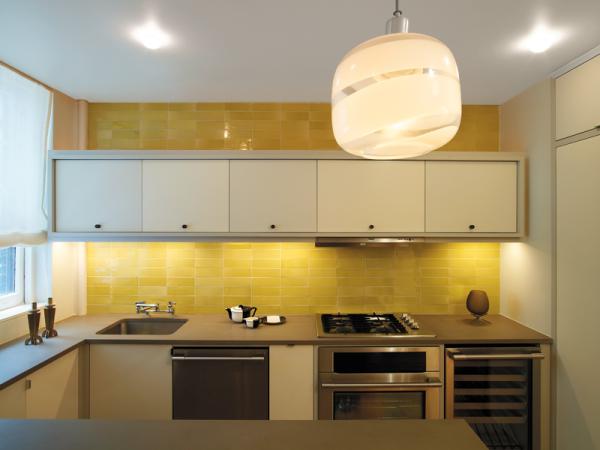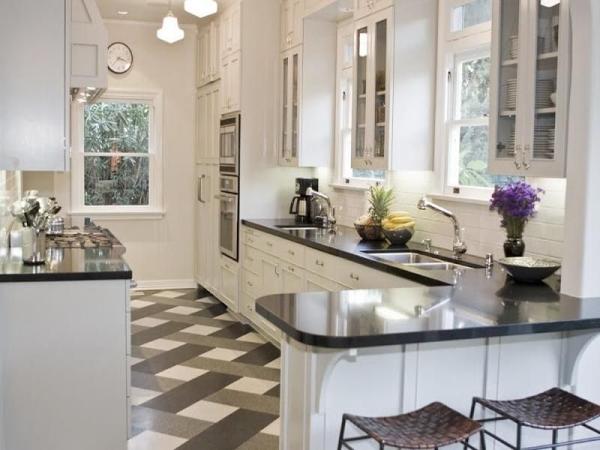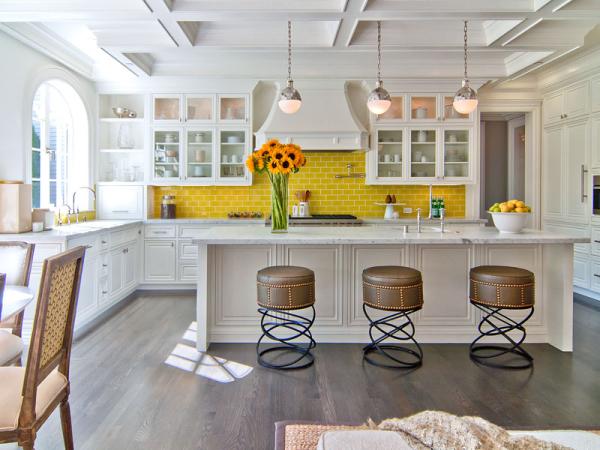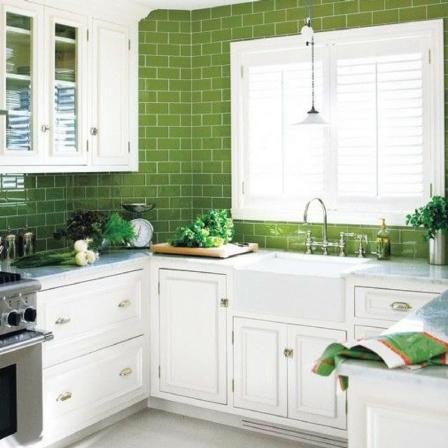Floor tiles in Spain are renowned for their exquisite craftsmanship, rich history, and aesthetic appeal. With a long-standing tradition, Spanish floor tiles have become synonymous with elegance and beauty. This article delves into the world of floor tiles in Spain, exploring their origin, their traditional production techniques, and the various styles and designs that have made them famous worldwide. Discover the allure of Spanish floor tiles and the enduring impact they have had on interior design trends.
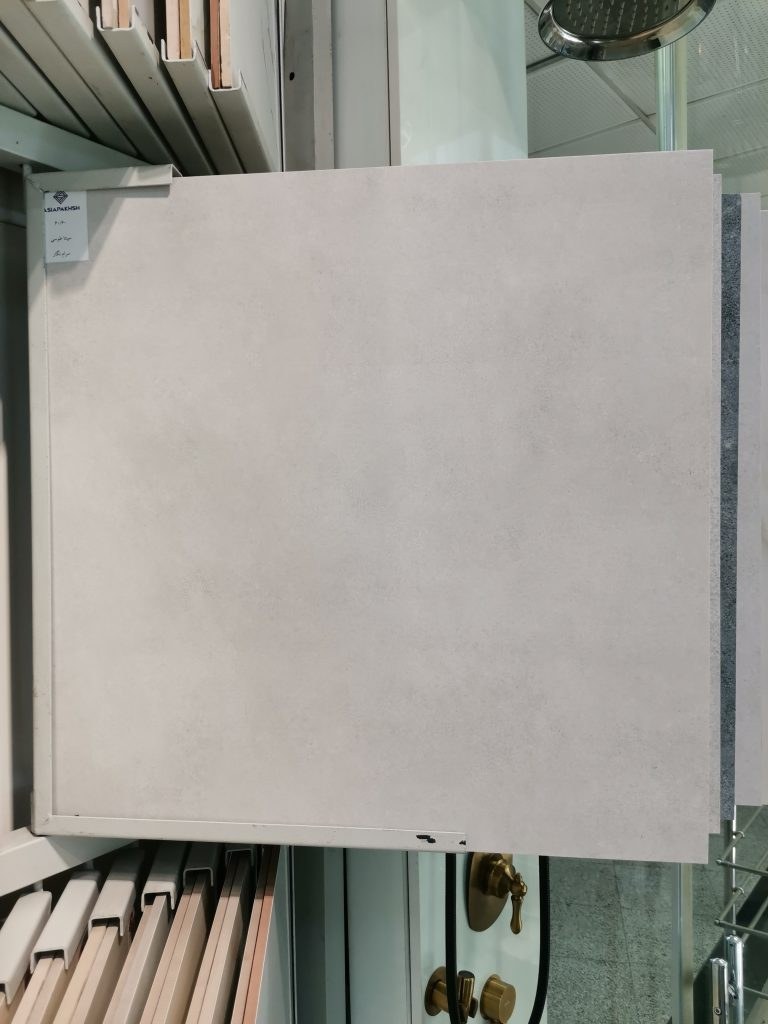
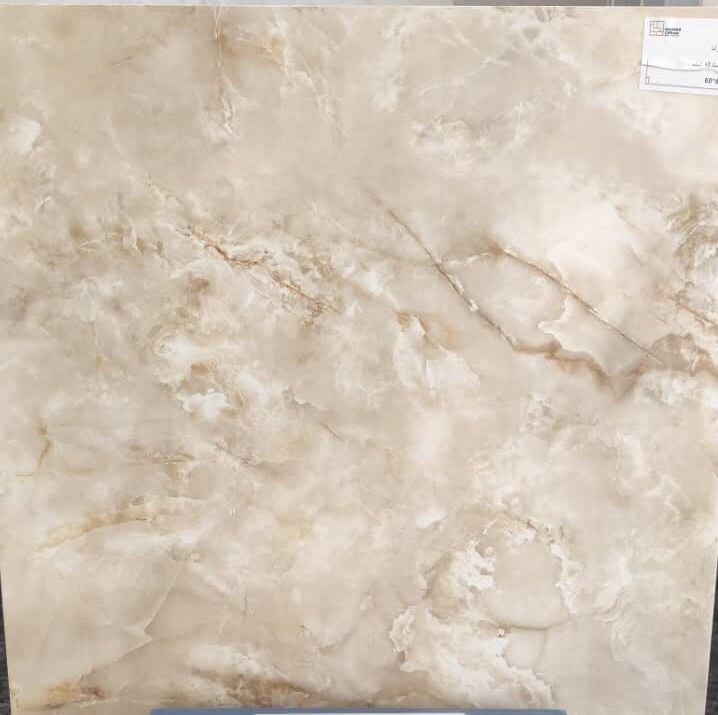
Origin and Historical Significance
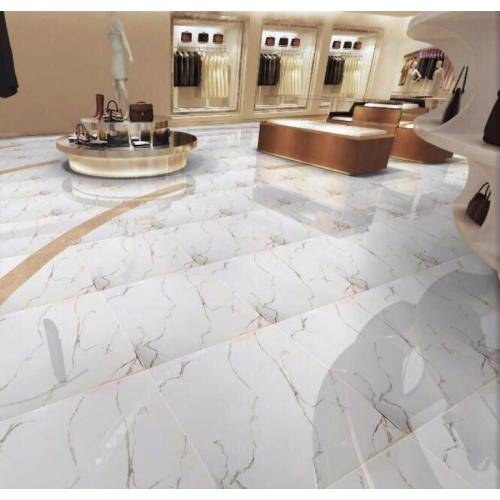
The roots of Spanish floor tiles can be traced back to ancient times, where the influence of Roman, Islamic, and Moorish cultures can be seen in intricate patterns and mosaic designs. The Moorish invasion during the ۸th century brought about a significant transformation in the art of tile-making in Spain. The city of Seville became a prominent center for tile production, and many historic sites throughout the country, including Alhambra in Granada and the Royal Alcazar in Seville, showcase the exquisite tilework from this era.
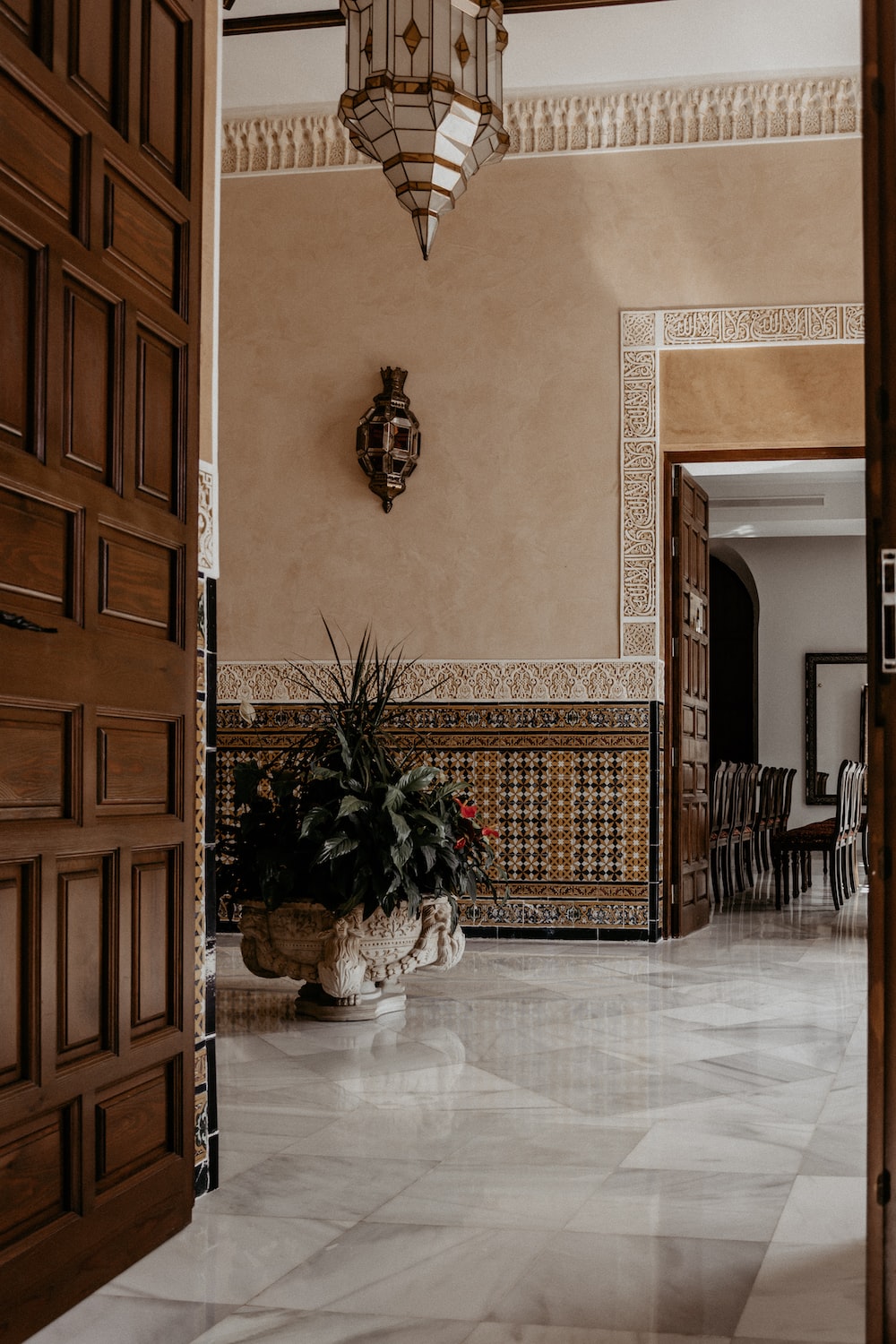
Traditional Production Techniques
Spanish floor tiles are renowned for their durability and quality craftsmanship. Traditional techniques such as hand painting, kiln firing, and glazing continue to be practiced, preserving the authentic charm and beauty of these tiles. Artisans employ a meticulous process of creating intricate designs by hand, using vibrant pigments and glaze to achieve the desired effect. The firing process in kilns ensures the tiles’ longevity and resistance to wear, making them suitable for both indoor and outdoor applications.
Styles and Designs
Spanish floor tiles come in a myriad of styles and designs, ranging from geometric patterns to vibrant floral motifs. The traditional Spanish tile, known as “azulejo,” is characterized by its blue and white color scheme and delicate patterns influenced by Islamic and Moorish art. Other popular styles include ornate “Liga” tiles and “barro” tiles, which feature hand-painted motifs reflecting the diverse cultural influences on Spanish design. Moreover, modern interpretations of Spanish floor tiles embrace contemporary patterns and colors, blending traditional techniques with a contemporary aesthetic.
Impact on Interior Design Trends
Spanish floor tiles have exerted a considerable influence on interior design trends worldwide. With their timeless appeal and versatile designs, these tiles are often incorporated into both traditional and modern spaces. From elegant Mediterranean villas to sleek contemporary apartments, Spanish floor tiles add character, color, and a touch of authenticity to any setting. They can be used to create focal points, accent walls, or to transform entire living spaces. With a wide range of colors, patterns, and sizes available, Spanish floor tiles offer endless possibilities for creative interior design.
The beauty and tradition of floor tiles in Spain continue to captivate admirers around the globe. With a rich historical background, impeccable craftsmanship, and a wide array of styles and designs, Spanish floor tiles have become an integral part of interior design trends. Incorporating these tiles into your space not only adds a touch of timeless elegance but also celebrates a remarkable tradition that has shaped Spain’s cultural heritage.
